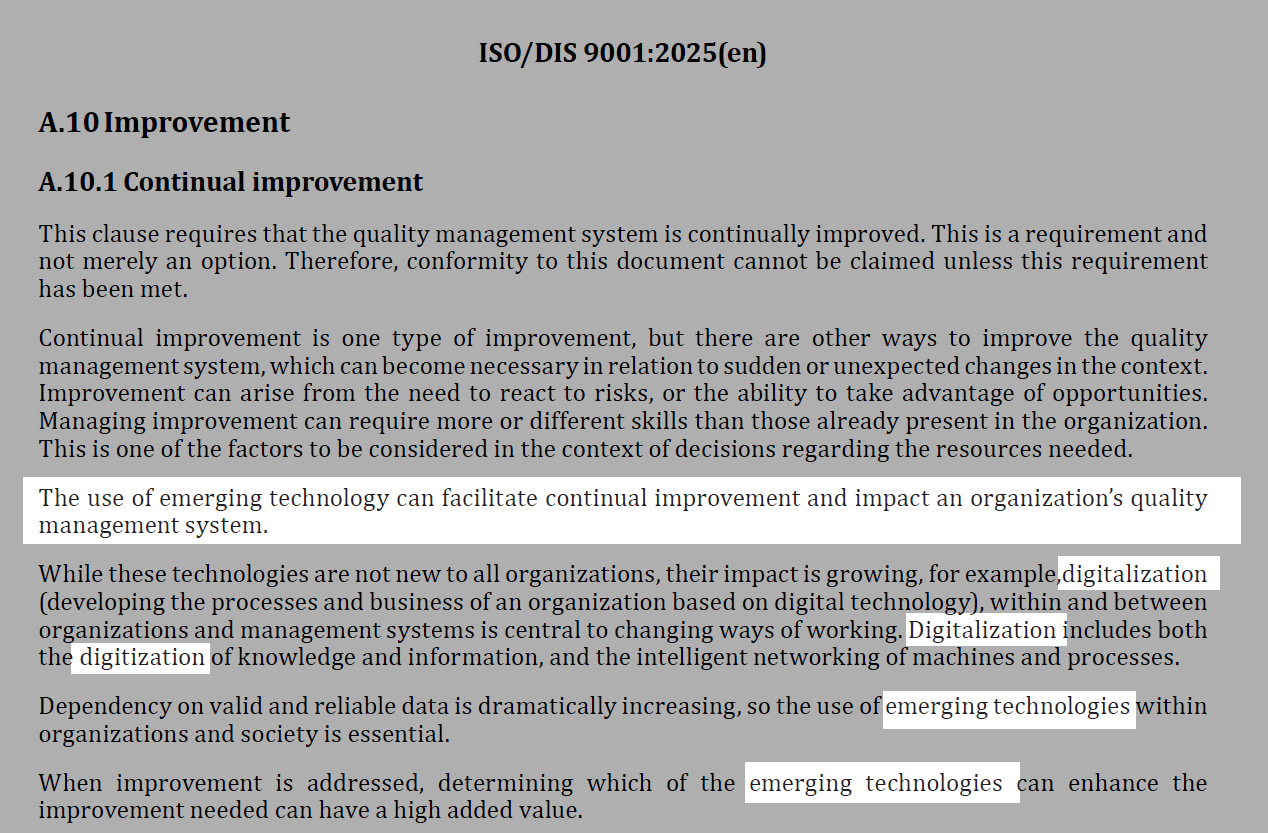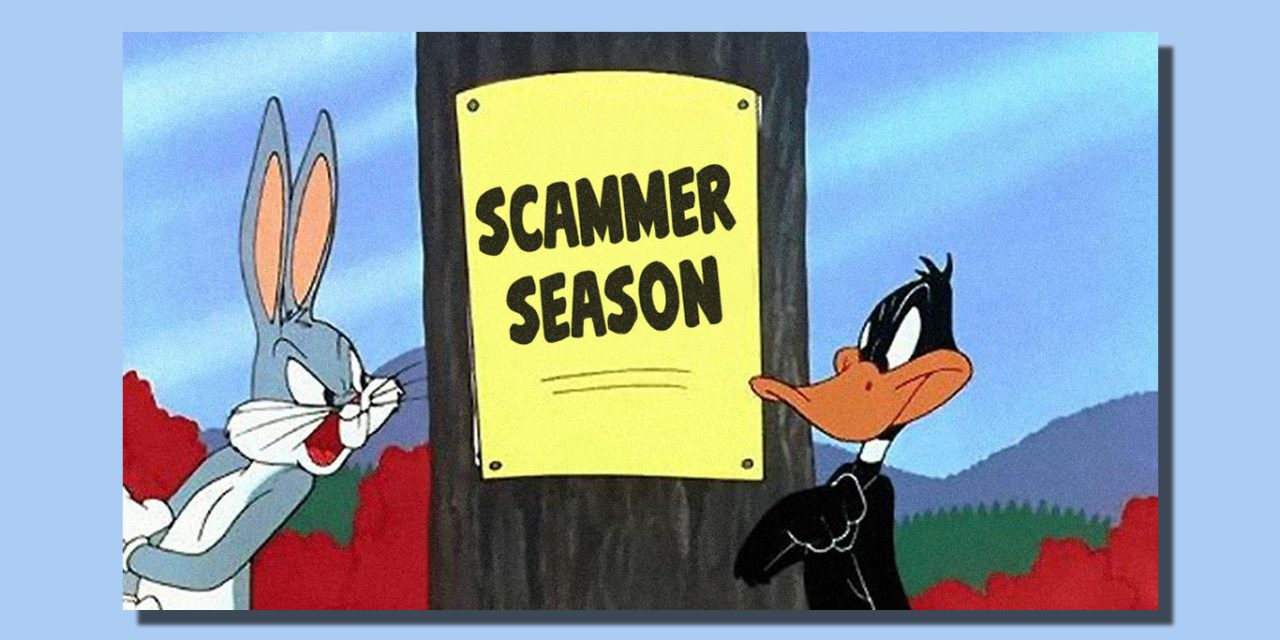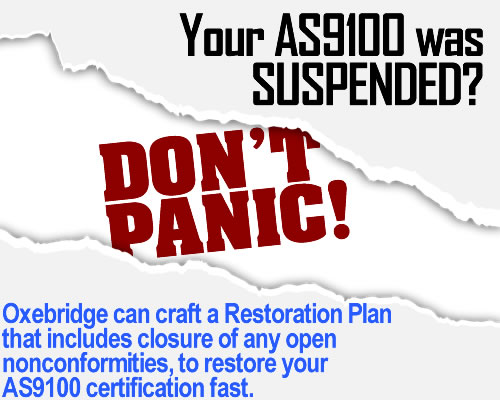It’s shocking that so many consultants and certification bodies are just outright lying to the public by insisting the new ISO 9001 standard — which isn’t even out yet — includes things like “AI” and “digitalization.” They’re doing this to panic people into buying their services, tricking them into thinking the standard includes alien-sounding technological breakthroughs that the folks won’t be able to handle without hiring them. It’s patently false.
Now, we know this since the Draft International Standard (DIS) version of the standard is literally available for sale, and you can read it yourself. But since ISO is charging like $85 for a stupid draft, no one is reading it, leaving the scammers to get away with this.
Well, no. I’m bringing some receipts and holding them accountable. Let’s look at every reference to things like AI and “digitalization” in the DIS and see how it stacks up with the scammers’ marketing.
Requirements vs. Advice
First, understand that ISO 9001 exists primarily to provide requirements for a QMS and not guidance. That’s in the title, by the way, since the standard is literally titled, “Quality management systems: Requirements.” That hasn’t stopped the latest crop of TC 176 authors from adding guidance all over the place, such as in the introductory section, the endless “notes,” and the new (massive) Annex A, called “Clarification of structure, terminology and clauses.” That last part, ISO insists, is not implementation advice, even though that is exactly what it is. Take, for example, this sentence, which provides some pretty darn specific advice on how to implement clause 4:
As such it is critical to clearly determine the opportunities, determine the needs and objectives, determine the risk associated with the opportunity itself and formulate a strategy and plan to support the achievement of desired results.
But all those editorial additions and consulting flourishes are not requirements, and TC 1767 can say whatever they want in those sections, provided it doesn’t impact the text of clauses 4 through 10 themselves. That’s where we find requirements, and that is what you’re audited against.
So, within the requirements, where are all the references to “emerging technologies,” “artificial intelligence,” “Quality 4.0,” “automation,” and “digital technologies.” Or even “sustainability,” like some have insisted?
Zero is a Round Number
Well, this is easy. There are none. As in zero. Not a single reference to any of those things in the requirements at all. And when I say “none,” I mean — literally — not one. They are simply not there.
We really have to jump back to the Annex A guidance to even see the terms pop up at all. There’s a single brief mention of “emerging technologies” as it relates to document control, and then a brief discussion on “digitalization” under the guidance on continual improvement.

There is no mention at all of AI anywhere in the standard, whether in the guidance materials, notes, or requirements.
“Sustainability” is mentioned three times in the guidance materials: once each in the sections on interested parties, QMS scope, and design and development. The term is never defined, so we can’t be sure which of the many definitions of “sustainability” ISO 9001 is talking about. Again, there are no requirements related to the concept at all.
Again, I am not sure why consultants and CBs continue to lie when anyone who has eyeballs can see that what they are saying is patently, demonstrably, and egregiously false.
Christopher Paris is the founder and VP Operations of Oxebridge. He has over 35 years’ experience implementing ISO 9001 and AS9100 systems, and helps establish certification and accreditation bodies with the ISO 17000 series. He is a vocal advocate for the development and use of standards from the point of view of actual users. He is the writer and artist of THE AUDITOR comic strip, and is currently writing the DR. CUBA pulp novel series. Visit www.drcuba.world








